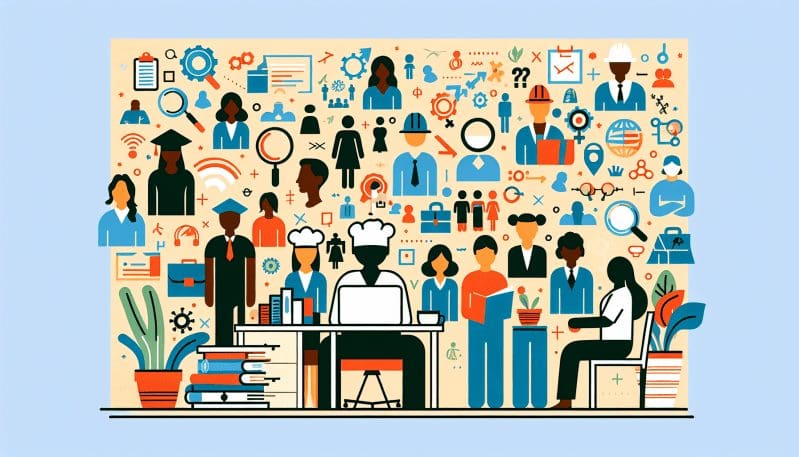In today’s competitive business landscape, the most successful companies are those that recognize and value the multifaceted identities of their employees. The modern workforce is a tapestry woven from diverse strands of race, gender, class, and more, each adding unique perspectives and experiences to the broader corporate culture. However, navigating the complexities of these intersecting identities presents both challenges and opportunities for businesses striving for inclusivity.
The challenges are multifarious: unconscious biases, systemic inequalities, and a lack of representation at leadership levels, to name a few. These obstacles can lead to a work environment where employees feel that they must suppress aspects of their identity to fit into the dominant corporate culture. This, in turn, can affect not only individual well-being but also teamwork, innovation, and ultimately, the company’s bottom line.
Take, for example, the case of racial identity. Despite increased awareness and dialogue, racial minorities often still face significant barriers in professional settings. From microaggressions to outright discrimination, these experiences can stifle career progression and contribute to a sense of alienation. Similarly, gender identity and expression play a critical role in shaping workplace dynamics, with women and non-binary individuals frequently encountering gender-based obstacles to success. Class identity also intersects with professional life, influencing everything from networking opportunities to perceptions of competence and ambition.
Yet, with these challenges come opportunities to enact meaningful change. Companies like The Work Times are at the forefront of addressing these complexities to create a more inclusive environment. By enacting policies that actively promote diversity and equity, businesses can both attract and retain top talent from all backgrounds.
In this endeavor, leadership plays a pivotal role. Leaders must not only talk the talk but also walk the walk, demonstrating through actions that they value every employee’s unique contributions. This can range from implementing mentorship programs that support underrepresented groups to ensuring diversity within hiring committees and leadership positions.
Furthermore, the day-to-day interactions between employees are the bedrock of an inclusive workplace culture. Encouraging open dialogue, providing diversity training, and creating safe spaces for sharing experiences are all critical. It is through these interactions that employees can learn from one another, challenging their own preconceptions and biases in a constructive way.
Lastly, policies must be more than just a formality; they need to be living documents that evolve as the organization and its understanding of diversity evolve. Regular review and revision ensure that policies remain relevant and impactful, truly reflecting the values of the company and its commitment to fostering an inclusive workplace.
At The Work Times, the goal is clear: to create a work environment where every employee, regardless of race, gender, or class, feels valued and empowered to bring their whole self to work. It’s not just the right thing to do — it’s smart business.
In conclusion, as we navigate the intersectionality of workplace identity, it is crucial to remember that our differences do not divide us; they enrich us. The journey to inclusivity is ongoing, but with intentional action, open dialogue, and a commitment to equity, companies can harness the full potential of their diverse workforce, making it not just The Work Times, but also ‘The Works for All Times.’


























